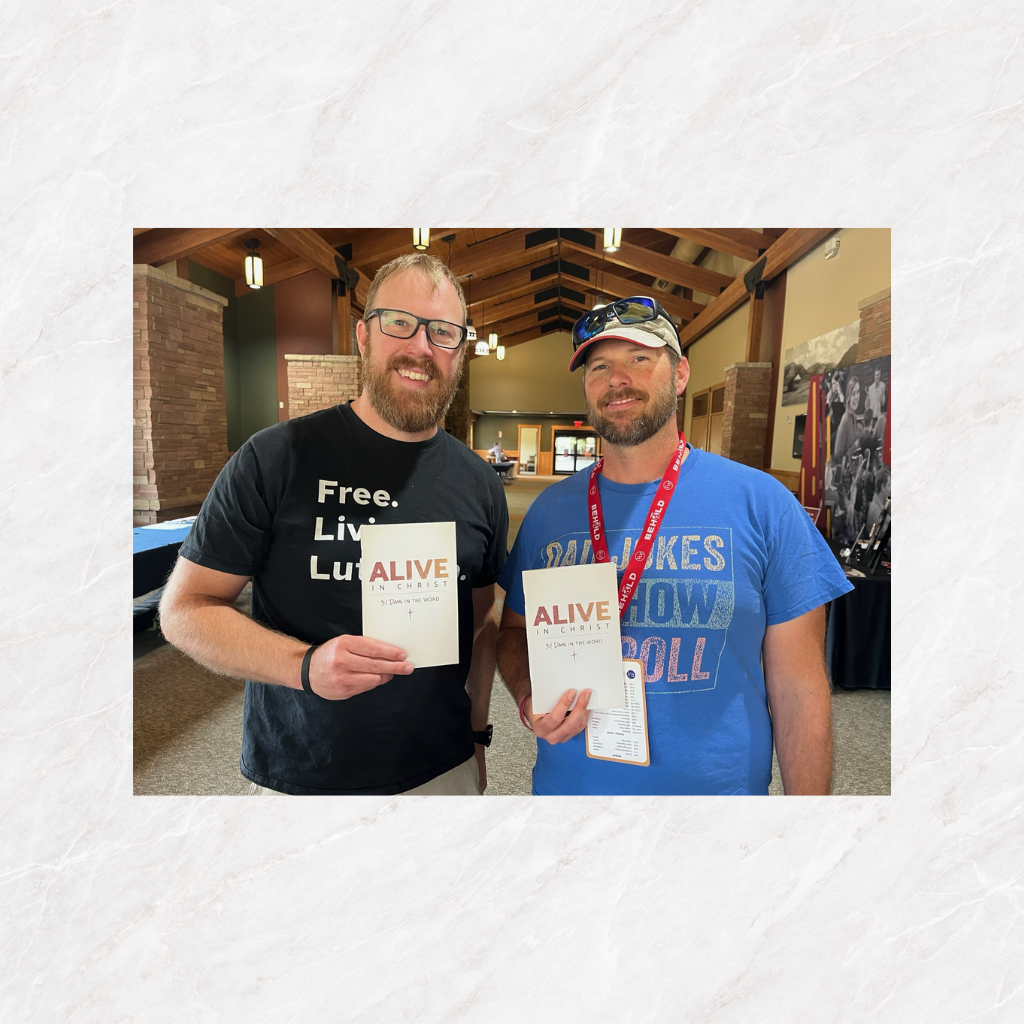Reviews
Bach Among the Theologians

Anticipation of a Reformation road trip to Germany last summer drew me to revisit the life of J. S. Bach through two books, one a biography and the other this discussion of Bach in the context of theology: Bach Among the Theologians by Jaroslav Pelikan. While most people have heard of the masterful musician, perhaps many would be unaware of what Bach has to do with the Reformation.
The great reformer Martin Luther lived from 1483 to 1546, while the life of Johann Sebastian Bach spanned 1685 to 1750. Were they not separated by two centuries, their lives of devoted service to the church would likely have intertwined throughout the same regions of Germany. Like Luther, the devotional life of Bach was steeped in Scripture. Lutheran theology permeated Bach’s expansive volume of choral compositions, no doubt influenced by the Latin and German sets of Luther’s Works found in his library along with other major writings of Lutheran theologians.
The introductory chapter of Bach Among the Theologians reveals the significance of the biblical texts of the Church Year in providing the structure and foundation for much of Bach’s music. Early in his prolific, 27-year tenure as choirmaster and organist at St. Thomas Church in Leipzig, Bach composed five complete cycles of cantatas for the Church Year (about 300 total). The author quotes Friedrich Smend, noting Bach’s cantatas “are not intended to be works of music or art on their own, but to carry on, by their own means, the work of Luther, the preaching of the word and nothing but the word.” This recognition of Reformation influence in the next chapter made me eager to read more.
Chapter two, “The Musical Heritage of the Reformation,” evidences this Sola Scriptura impact on Bach’s music, as well as his thorough understanding of sin and grace, specifically through Luther’s hymns and other Lutheran chorales frequently incorporated into Bach’s cantatas and chorale preludes. “Bach exhibited how profoundly he had grasped the full scope of Luther’s doctrine of sin, which transcended despair through faith, by unexpectedly introducing the musical language of joy into a chorale about Anfectung [spiritual trial and despair].” And again, “Luther’s hymns combined confession and celebration as they did because that duality of simul justus et peccator [righteous and a sinner at the same time] was ever present; Bach’s appropriation of Luther’s hymns preserved, and often even heightened, the counterpoint and contrast between confession and celebration.”
Pelikan then grapples with theological perspectives of the day, namely, rationalism, confessional orthodoxy, and pietism, and discusses their effect on Bach’s music. The author moves the focus in the next few chapters to the cross, redemption, and atonement through the death and resurrection of Christ in three of Bach’s most massive choral works: St. Matthew’s Passion, St. John’s Passion, and the celebrated Mass in B Minor.
The last chapter is an appropriate conclusion for Luther and Bach. Here Pelikan compares “sacred” and “secular” works of Bach, noting the shared “conviction of Luther and the Reformers that the performance of any God-pleasing vocation was the service of God” and that whether choral or instrumental, sacred or secular in lyric, all were “the expression of a unitary . . . world view, in which all beauty, including ‘secular’ beauty, was sacred because God was one, both Creator and Redeemer.”
Though musicians who are somewhat familiar with the music of Bach may have the greatest appreciation for Pelikan’s exposition, anyone interested in the relationship between theology and music will benefit from this thoughtful discussion and hopefully embrace a rich discovery of the treasures of Reformation theology in Bach’s music.
Marian Christopherson
AFLC Parish Education Director
Plymouth, MN
Order your copy here: Ambassador Publications Online Store

Mountains Have Valleys

Bach Among the Theologians

